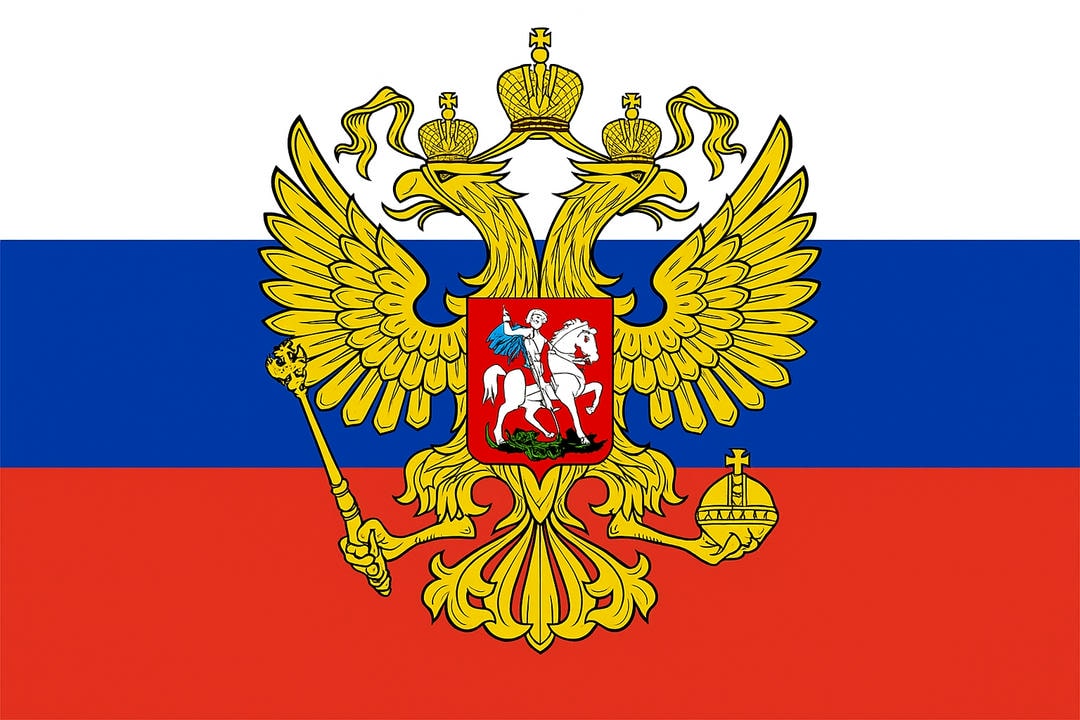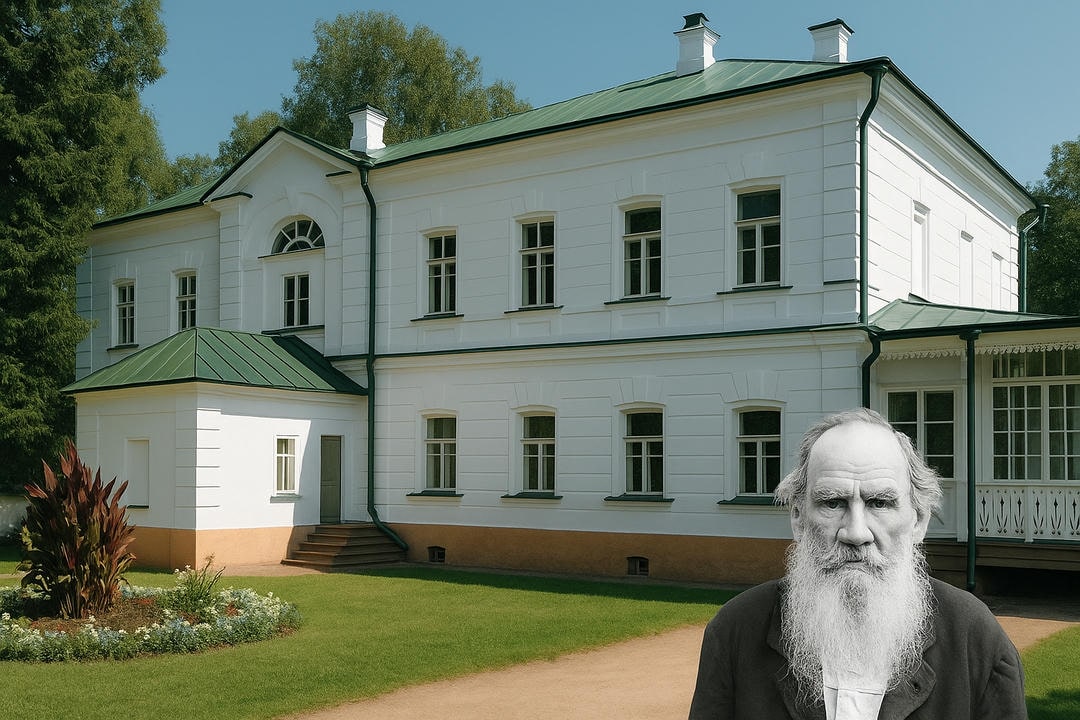You might find the story of Medovik, the traditional Russian honey cake, quite intriguing. Originating in the 19th century, it wasn’t just a dessert but a symbol of prosperity and health. Imagine the Empress’s kitchen, where simple ingredients transformed into a multi-layered masterpiece. Over time, it’s become a staple at weddings and family gatherings, embodying love and community. But what makes Medovik so special, and how did it evolve from humble beginnings to a cultural icon? Let’s explore the fascinating journey of this beloved dessert and its enduring significance.
Origins of Medovik

Although Medovik, also known as Russian honey cake, has become a beloved dessert across the globe, its origins are deeply rooted in Russian history and culture. You might find it fascinating that Medovik dates back to the 19th century, yet its roots can be traced to even older, ancient recipes that celebrated honey’s significance in Russian cuisine.
Honey held a special place in Russian culture, symbolizing prosperity and health, and it was used extensively not only in desserts but also in medicinal remedies and beverages.
In ancient Slavic traditions, honey was considered sacred, often associated with the divine. This reverence for honey influenced many culinary practices, including the development of honey cakes.
Early versions of Medovik were simple, with layers of honey-infused dough and basic fillings, reflecting the rustic and resourceful nature of Russian peasant cooking. Over time, these ancient recipes evolved, becoming more elaborate and refined as they made their way into the kitchens of the Russian aristocracy.
Understanding the origins of Medovik gives you a deeper appreciation of its intricate layers and rich flavors. Each bite is a reflection of centuries of culinary tradition and the enduring significance of honey in Russian culture.
The Empress’s Kitchen
In the opulent kitchens of the Russian Empress, Medovik underwent a transformation that elevated it from a rustic peasant dish to a sophisticated dessert fit for royalty. When Catherine the Great reigned, her court’s culinary demands were immense, and the empress’s kitchen was a crucible of innovation.
Royal pastries like Medovik were meticulously crafted, reflecting the grandeur of the imperial court. You’d find that kitchen traditions in the Empress’s palace were deeply rooted in meticulous preparation and lavish presentation.
Medovik, originally a simple honey cake, was adapted to include multiple thin layers, each infused with honey and interlaced with a rich, creamy filling. The chefs, or “kukhari,” were tasked with perfecting this dessert to align with the refined tastes of the nobility.
Historically, the transformation of Medovik in the royal kitchens symbolized the blending of rustic Russian flavors with European culinary techniques. By enhancing this dessert, the Empress’s chefs not only showcased their culinary prowess but also elevated Medovik to a status symbol within the aristocracy.
The dessert’s evolution in the Empress’s kitchen encapsulates a significant cultural shift, reflecting how traditional Russian cuisine was adapted to fit the opulence of the imperial court.
Traditional Ingredients

To truly appreciate the essence of Medovik, you need to explore its traditional ingredients, which have remained largely unchanged for generations. Central to this luscious dessert is honey, which imbues the cake with a rich, aromatic sweetness. Historically, different honey types like buckwheat, linden, and wildflower were used depending on regional availability, each adding a unique flavor profile.
The cake layers are another hallmark of Medovik. These thin, delicate layers are made from a dough combining honey, eggs, sugar, butter, and flour. Once baked, they transform into golden, crispy sheets that soften when assembled with cream.
Speaking of cream, the classic Medovik filling involves a mixture of sour cream or sweetened condensed milk with butter, creating a creamy, tangy contrast to the honeyed layers.
Traditional Medovik often includes up to eight or more cake layers, each carefully assembled to guarantee a perfect balance of flavors and textures. The cultural significance of these ingredients lies in their simplicity and the way they reflect Russia’s agricultural abundance and culinary heritage.
Recipe Evolution
Plunge into the fascinating journey of Medovik’s recipe evolution and you’ll uncover a rich tapestry of culinary innovation and cultural adaptation. Initially, Medovik was a simple honey cake with layers of honey-infused dough and sour cream.
Over time, creative home cooks and professional chefs alike began to experiment with various medovik techniques, enhancing both its texture and flavor.
In the late 19th and early 20th centuries, the introduction of condensed milk revolutionized Medovik’s creamy filling. This small change brought a richer, sweeter taste, aligning with evolving Russian palates.
By the mid-20th century, bakers began incorporating buttercream and custard fillings, offering new flavor adaptations that catered to a growing demand for luxurious desserts.
With globalization, Medovik saw further innovation. Ingredients like caramel, chocolate, and fruit preserves were introduced, each adding unique layers of complexity.
The traditional honey flavor remained a constant, but the methods of preparation and presentation evolved dramatically. Modern medovik techniques often include precise layering and decorative garnishes, reflecting contemporary culinary aesthetics.
Through these changes, Medovik hasn’t only preserved its cultural roots but also embraced modern influences, making it a beloved dessert that continues to evolve with each generation.
Regional Variations

As Medovik evolved through time, it also adapted to the diverse regional flavors across Russia and beyond. You’ll find distinct regional variations that reflect local ingredients and traditions.
In Siberian Medovik, for instance, the use of hearty, rustic ingredients like buckwheat honey and sometimes even sour cream for a richer taste is common. This version speaks volumes about Siberia’s harsh climate and the need for more substantial, comforting desserts.
The Caucasian Variations of Medovik might surprise you with their incorporation of dried fruits and nuts, adding texture and natural sweetness. These ingredients are native to the Caucasus region and bring a unique twist to the traditional recipe.
Urban Medovik often features more refined, readily available ingredients, adapting to city living conditions. Think of it as a more polished version, sometimes even garnished with elegant touches like edible gold leaf for festive occasions.
Rustic Medovik, on the other hand, stays true to its countryside roots, often using seasonal ingredients like fresh berries during summer months. Family Traditions play a vital role here—each family might’ve its own secret recipe passed down through generations.
These regional variations showcase how Medovik adapts to local tastes, making each slice a cultural experience.
Medovik in Modern Russia
In contemporary Russia, Medovik isn’t just a nostalgic nod to the past but a versatile dessert that has seamlessly integrated into modern culinary practices.
Today, you’ll find Medovik in trendy cafes and upscale restaurants, showcasing its adaptability and timeless appeal. Medovik trends have evolved, with bakers experimenting with various flavors and presentations to cater to modern tastes.
Traditional recipes are being adapted to include unique ingredients like caramel, nuts, and even exotic spices, reflecting a fusion of global influences. These medovik adaptations maintain the essence of the classic honey cake while introducing new layers of complexity.
The cake’s structure has also seen innovation, with some chefs opting for deconstructed versions or miniature individual servings, making it more accessible for contemporary dining experiences.
Home bakers, too, are embracing these trends, often sharing their creative takes on social media platforms, thereby further popularizing Medovik.
Cooking shows and online tutorials offer step-by-step guides, ensuring that this beloved dessert continues to be a staple in Russian households.
Cultural Symbolism

Medovik holds a significant place in Russian culture, serving as more than just a delicious treat. Historically, honey has been a symbol of prosperity and health in Russia, and Medovik embodies this honey symbolism perfectly.
You’ll find that the cake, with its multiple layers of honey-infused dough and creamy filling, represents the richness and depth of Russian heritage.
In Russian households, dessert rituals often include Medovik, especially during family gatherings. Sharing this cake isn’t just about indulging in its sweet taste but also about bonding and passing down traditions.
It’s common for recipes to be handed down through generations, each family adding their unique twist to the preparation. This practice strengthens family bonds and keeps cultural traditions alive.
Medovik also serves as a reminder of Russia’s historical reliance on honey, which was a primary sweetener before the widespread availability of sugar.
The cake symbolizes the ingenuity and resourcefulness of Russian people in making the most of available ingredients. By understanding Medovik’s cultural symbolism, you gain deeper insight into how a simple dessert can encapsulate a nation’s history, values, and familial ties.
Medovik in Celebrations
You’ll appreciate Medovik even more when you see it gracing the tables at Russian celebrations. This honey-layered cake isn’t just a dessert; it’s a piece of cultural heritage that binds people together.
At wedding traditions, you’ll often find Medovik taking center stage. Its sweet, rich layers symbolize the couple’s future filled with sweetness and harmony.
During family gatherings, Medovik serves as a reminder of shared history and culinary prowess passed down through generations. Each layer of the cake, painstakingly crafted, reflects the effort and love that goes into keeping family ties strong.
In festive occasions and birthday celebrations, Medovik’s presence is almost a given. It’s a treat that brings both young and old together, creating a shared experience rooted in tradition.
Holiday feasts, particularly during New Year’s and Christmas, wouldn’t be complete without Medovik. Its role in these gatherings speaks to its significance in Russian culture, where food is often a medium for expressing love and community.
Understanding Medovik’s place in these celebrations gives you a deeper appreciation for its enduring legacy and the cultural heritage it represents.
Conclusion
You’ve journeyed through the rich history and cultural significance of Medovik, understanding its roots in ancient traditions and its evolution in Russian aristocracy. This iconic dessert, crafted from simple ingredients, symbolizes prosperity, health, and community. Today, Medovik stands as a representation of Russian heritage, cherished in celebrations and family gatherings. Embrace the stories and flavors of Medovik, and you’ll savor more than just a cake—you’re experiencing a slice of Russian cultural identity.




